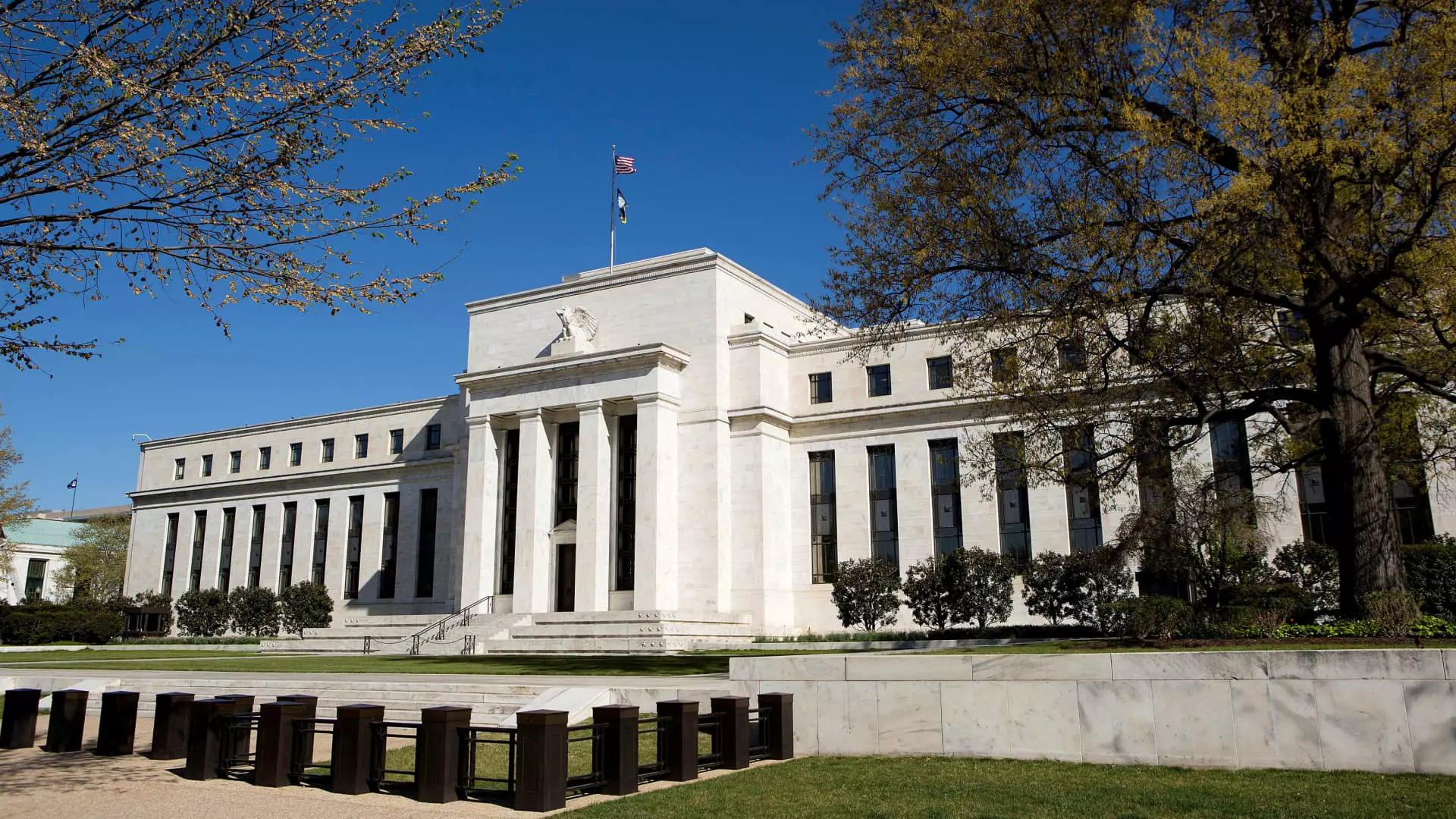The Federal Reserve’s recent announcement to decrease its benchmark interest rate by 25 basis points, coming just days after President-elect Donald Trump’s victory, signals a significant shift in monetary policy amid the backdrop of persistent economic uncertainty. This decision arrives at a time when high inflation has severely burdened American households, complicating their ability to manage daily expenses. As inflation begins to approach the Fed’s target rate of 2%, the timing of this rate cut may provide a much-needed reprieve for consumers who have been reeling from a series of aggressive rate hikes.
Before delving deeper, it’s crucial to consider the broader context of the economic environment preceding this reduction. Inflation had risen sharply over recent months, prompting the Fed to engage in a series of rate increases to combat rampant price growth. The ripple effects of these decisions permeated through various sectors, influencing everything from mortgage rates to credit card interests.
The latest data from the Federal Reserve indicates that inflation, as measured by the personal consumption expenditures (PCE) price index, has shown modest improvement, sitting at a year-over-year increase of 2.1%. This statistic has created an environment ripe for a rate cut, which the central bank has initiated in a bid to stimulate borrowing and spending. However, despite the Fed’s optimistic view of economic trends, experts caution that it may take time for these changes to translate into tangible financial relief for the average consumer.
Greg McBride, a leading financial analyst at Bankrate.com, likened the Fed’s gradual approach to navigating a skyscraper. He emphasized that even after a rate cut, consumers might only perceive marginal changes in their financial outlook. This metaphor illustrates that while progress is being made, the path to significant economic recovery remains deceptively steep.
The linkage between the Fed’s benchmark rate and consumer borrowing costs cannot be overstated. As a result of the Fed’s previous rate hikes, the average credit card interest rate surged above the critical 20% mark. While the first rate reduction has already had a minor impact on some annual percentage rates (APRs), significant decreases remain unlikely in the immediate future. Analysts, including Matt Schulz of LendingTree, advise consumers with credit card debt to proactively seek better rates rather than relying on delayed cuts to alleviate their financial burdens.
For loans tied to fixed rates, such as auto loans and mortgages, the effects of a rate cut are more nuanced. Though car loan rates may slightly decrease due to increased competition among lenders, many borrowers will continue to face elevated costs, exacerbated by the rise in vehicle prices. The sentiment expressed by automotive industry analysts, like Jessica Caldwell, reinforces the notion that true relief for consumers is contingent upon the intersection of federal policies and market dynamics.
In the housing market, the Fed’s rate cuts create a hopeful narrative for prospective homebuyers who have struggled with skyrocketing mortgage rates since the pandemic. While the current average for a 30-year fixed-rate mortgage sits at approximately 6.81%, the potential for lower rates stands to ease some of the burdens imposed on the housing sector. Nevertheless, the interconnected nature of Treasury yields and mortgage rates suggests that any substantial decrease in borrowing costs may depend on broader economic stabilization and investor confidence.
Conversely, student loan borrowers may not enjoy immediate benefits from the Fed’s actions. With federal student loan rates being fixed, changes in the Fed’s interest rates affect only those with variable-rate loans. Mark Kantrowitz, a higher education expert, indicates that while a quarter-point cut could lead to a negligible reduction in monthly payments, the landscape of student debt remains complicated by the recent political landscape and shifting policy priorities.
Lastly, it is noteworthy to mention that while rate cuts usually signify lower borrowing costs, they can also affect the returns earned by savers. Although rates on high-yield savings accounts have surged to levels not seen in years, following a series of Fed rate hikes, the potential for these yields to decline remains. Greg McBride points out that despite reductions, top-tier savings accounts are still providing competitive yields well above inflation, but consumers should prepare for inevitable shifts as the central bank adjusts its policy.
The Fed’s latest rate cut embodies a delicate balancing act in the pursuit of economic stability. While it introduces a glimmer of hope through the lenses of consumer borrowing and spending, its full impact on households will depend on the interconnectedities of fiscal policy, market conditions, and consumer responsiveness. As this economic narrative unfolds, both individuals and policymakers alike will need to remain vigilant in navigating an evolving financial landscape.

